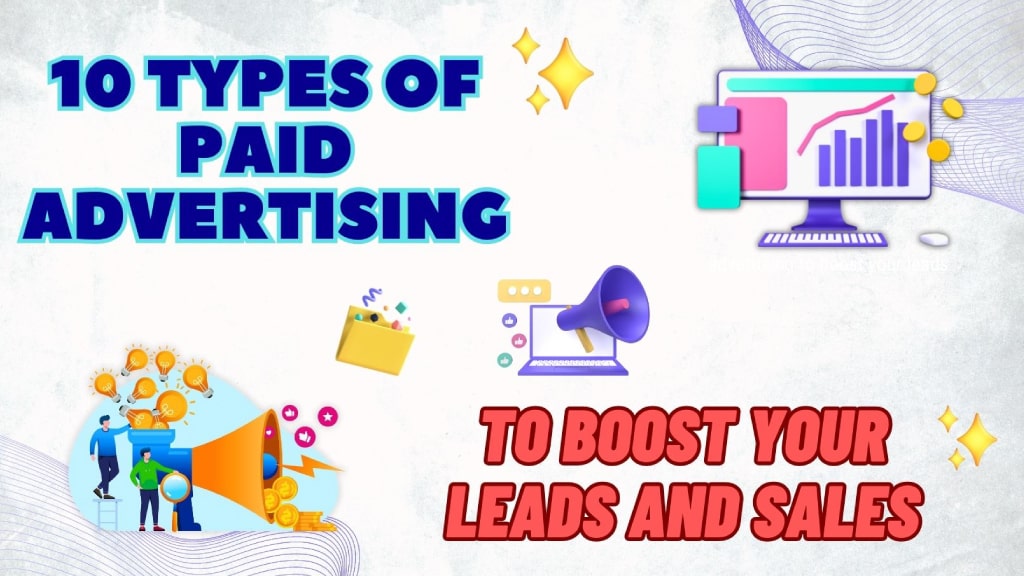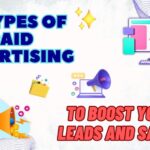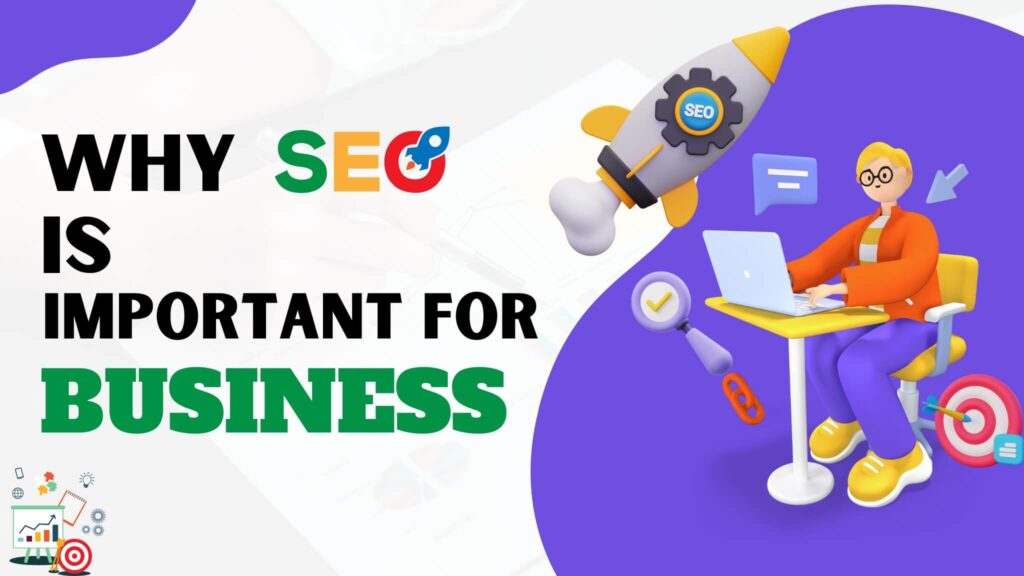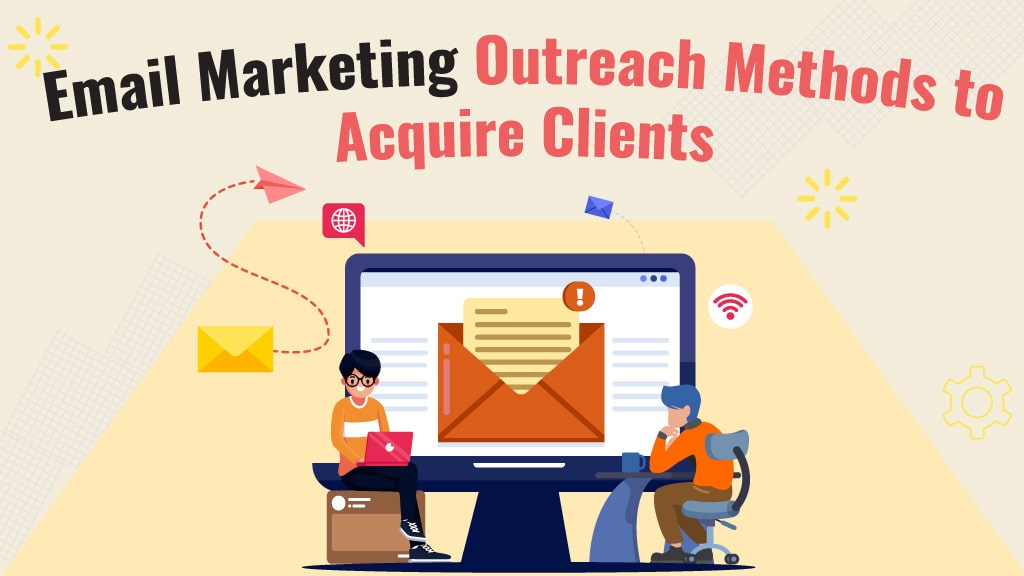Table of Contents
ToggleAre you looking to boost your business’s visibility and attract more customers? Paid advertising could be the key to unlocking your success!
In today’s competitive digital landscape, relying solely on organic reach might not be enough. Paid advertising offers a strategic approach to reach your target audience and drive results. From search engine and social media advertising to influencer marketing and display ads, the options are diverse and dynamic. In this article, we’ll help you discover the best paid advertising strategies for boosting sales.
What is Online Paid Advertising?
How will Online Advertising Help Your Business?
- Targeted Reach: Online ads can be precisely targeted based on demographics, interests, and behaviour, ensuring you reach your desired audience effectively.
- Immediate Impact: Online ads generate quick results, driving website traffic and potential sales shortly after launching your campaigns.
- Measurable Results: Detailed analytics provide insights into ad performance, allowing you to assess the effectiveness of your strategies and make data-driven decisions.
- Cost Efficiency: Online advertising offers various budget options, making it accessible for businesses of all sizes to reach a wide audience without breaking the bank.
- Global Exposure: Through online platforms, your business can reach a global audience, expanding your market presence beyond the geographical boundaries and limitations of conventional marketing.
Types of Paid Advertising Platforms
1. Search Engine Advertising
| Pros | Cons |
|---|---|
| User targeted reach | Expensive to bid for popular keywords |
| Control over budget and ad content | Needs ongoing maintenance |
| Increased brand visibility | Ad blocking can limit the reach |
| Measurable results and data-driven insights | NA |
2. Social Media Advertising
| Pros | Cons |
|---|---|
| Precise targeting | Ad fatigue |
| Cost-effective | Privacy concerns |
| Real-time Analysis | Initial learning curve |
| Increased brand awareness | NA |
3. Display Advertising
Display advertising is another type of paid advertisement that uses visual banners, images, or interactive media to promote products, services, or brands on websites and apps. These eye-catching ads capture the attention of users as they browse the internet, creating brand awareness and driving traffic to the advertiser’s website.
Examples of engaging display ads include vibrant animated banners showcasing limited-time offers, enticing product images with call-to-action buttons, or interactive ads that allow users to explore product features by hovering or clicking. Display advertising empowers businesses to reach a broad audience and convey their message creatively, effectively using paid ads to boost sales.
| Pros | Cons |
|---|---|
| Increased brand visibility | Ad blindness |
| Targeted audience reach | Design & creativity demands |
| Diverse ad formats | High competition |
| Enhanced engagement | NA |
4. Video Advertising
| Pros | Cons |
|---|---|
| Engaging content | High production cost |
| Broad audience reach | Ad skipping |
| Strong emotional impact | Data usage |
| Allows for brand storytelling | NA |
5. Native Advertising
| Pros | Cons |
|---|---|
| Seamless integration | Disclosure challenges |
| Higher engagement | Limited control over placement |
| Increased relevance | Development costs |
| Better user experience | NA |
6. Influencer Marketing
| Pros | Cons |
|---|---|
| Authenticity | Higher cost |
| Targeted Reach | Difficult to measure ROI |
| Increased Engagement | Dependence on Influencer Reliability |
| Diverse Content Variety | NA |
7. Affiliate Marketing
| Pros | Cons |
|---|---|
| Cost-Effective | Affiliate Fraud |
| Expanded Reach | Commission Payouts |
| Performance-based pay | High competition |
| Diverse marketing efforts | NA |
8. Product Listing Ads or Google Shopping Ads
| Pros | Cons |
|---|---|
| Visual Product Display | Limited Ad Copy |
| Targeted & Relevant | Limited Customization |
| High Conversion Potential | Requires technical setup |
| Increased Visibility | NA |
9. Mobile Advertising
| Pros | Cons |
|---|---|
| Wider reach | Ad blocking |
| Targeted advertising | Limited screen space |
| High engagement | Privacy concerns |
| Trackable results | NA |
10. Retargeting
| Pros | Cons |
|---|---|
| Increased conversion rates | Ad fatigue |
| Precise targeting of potential buyers | May feel intrusive to some users |
| Re-engages potential customers | Limited reach for new customers |
| Improves brand recall | NA | Cost-effective advertising strategy | NA |
11. Programmatic Advertising
| Pros | Cons |
|---|---|
| Targeted Reach | Ad Fraud |
| Real-Time Optimization | Privacy Concerns |
| Cost-Effective | Requires expertise |
| Enhanced Transparency | NA |












